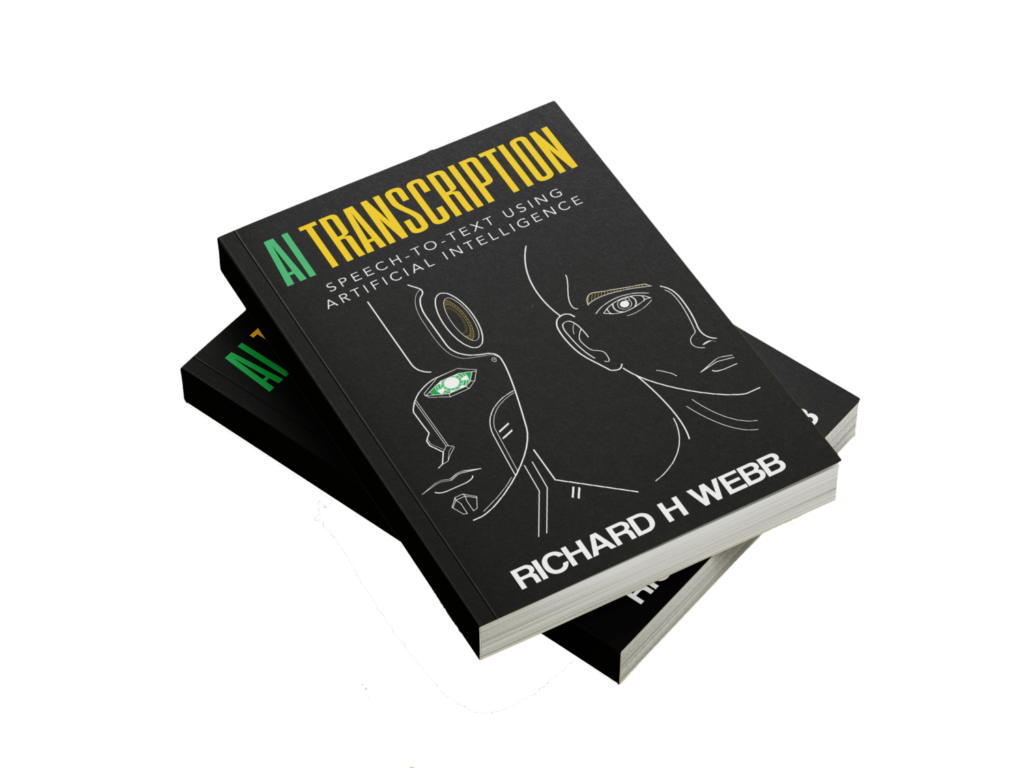
Artificial Intelligence (AI) has revolutionized various industries, and the transcription industry is no exception. AI transcription has made it possible to quickly and accurately transcribe audio and video files. Gone are the days when transcription was a time-consuming and labor-intensive task. With AI transcription, you can now transcribe your audio and video files with ease.
What is AI transcription?
AI transcription refers to the use of AI algorithms and machine learning models to transcribe audio and video files into text. AI transcription software uses speech recognition technology to identify spoken words and transcribe them into written text. The software can recognize different accents, languages, and speech patterns, making it a versatile tool for transcribing audio and video files.
The technology behind AI transcription has come a long way in recent years. Machine learning models have been trained on a huge amount of data, which makes it possible for them to recognize and transcribe speech with a high degree of accuracy. Natural Language Processing (NLP) has also made it possible for AI transcription software to understand the context of what is being said, which makes the text even more accurate.
Like this article? You may also like our post on What is Digital Twin Technology?
Why use AI transcription?
The biggest advantage of AI transcription is speed. AI transcription software can transcribe audio and video files much faster than a human transcriber, saving you time and effort. For example, a one-hour audio file can be transcribed in as little as a few minutes using AI transcription software. This is a huge advantage for anyone who needs to transcribe audio and video files quickly, such as journalists, researchers, or businesses.
Additionally, AI transcription is more accurate than manual transcription, reducing the risk of errors and inconsistencies. With the technology, you can be confident that your transcribed text is accurate, allowing you to focus on other tasks. This is especially important for businesses and organizations that need to transcribe audio and video files for legal or compliance purposes.
Another advantage of this technology is its accessibility. With AI transcription software, you can transcribe audio and video files from anywhere in the world, at any time. You can access your transcribed files from any device with an internet connection, making it easy to share and collaborate with others. This makes it possible to work remotely and still have access to all of your transcribed files.
This speech-to-text technology also eliminates the need for manual typing, freeing up your time for other tasks. With AI transcription, you can focus on other important aspects of your work, such as analysis and interpretation. Additionally, you can use AI transcription software to transcribe audio and video files in different languages, making it a valuable tool for businesses and organizations that operate globally.
Applications of AI transcription
This technology has a wide range of applications, from business to entertainment. Here are some of the most common applications of AI transcription:
- Business Transcription: AI transcription can be used by businesses to transcribe audio and video files for a variety of purposes, such as customer service, sales, and marketing. Transcribing customer service calls can help businesses improve customer satisfaction, while transcribing sales and marketing calls can help businesses identify opportunities for improvement.
- Legal Transcription: this technology can be used by law firms to transcribe audio and video files for legal purposes, such as depositions, hearings, and trials. Transcribing legal proceedings accurately and quickly is essential for ensuring that all parties involved are aware of the proceedings and can make informed decisions.
- Academic Transcription: this technology can be used by students and researchers to transcribe audio and video files for academic purposes, such as lectures, interviews, and presentations. Transcribing academic audio and video files can help students and researchers better understand the content and retain important information. Additionally, it can be used to transcribe audio and video files in different languages, making it a valuable tool for international students and researchers.
- Media and Entertainment Transcription: It can be used by media and entertainment companies to transcribe audio and video files for a variety of purposes, such as captioning, subtitles, and scriptwriting. Transcribing audio and video files in real-time can help media and entertainment companies reach a wider audience, including those with hearing or visual impairments.
- Healthcare Transcription: this technology can be used by healthcare providers to transcribe medical records, such as patient notes, medical histories, and treatment plans. Transcribing medical records accurately and quickly can help healthcare providers provide better care to their patients, as well as improve their documentation and compliance.
Conclusion
AI transcription has revolutionized the way we transcribe audio and video files, making it faster, more accurate, and more accessible. With AI transcription, you can transcribe your audio and video files with ease, freeing up your time for other tasks. Whether you’re a businessperson, a student, a researcher, or a media and entertainment professional, it has the potential to make a significant impact on your work. So, if you haven’t already, it’s time to embrace the power of this technology and see how it can benefit you.







